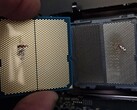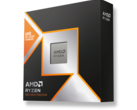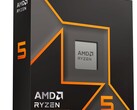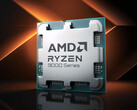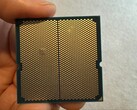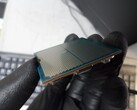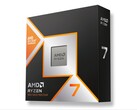Following months of mounting community reports about CPU failures linked to ASRock AM5 motherboards, Gamers Nexus confronted the company at Computex 2025. The spontaneous meeting with ASRock's VP of motherboard business, Chris Lee, yielded the first on-record response from the vendor, which had previously issued only vague and unconvincing statements.
In March, ASRock claimed that retrieved boards with burn damage on Ryzen 9800X3D and 9950X3D CPUs showed no fault on their side. The company asserted that a simple socket cleaning restored functionality and denied that BIOS versions were to blame. Yet shortly after, BIOS version 3.20 was pulled from multiple product pages without explanation. A new BIOS (3.25) was published during Computex, but again, with limited transparency.
In the interview, Lee acknowledged three causes for the failures: user mishandling (such as thermal paste contamination), memory compatibility issues now allegedly addressed with BIOS 3.20, and inappropriate Precision Boost Overdrive (PBO) settings in ASRock's firmware. According to Lee, the 3.25 update lowers the thermal and electrical current thresholds (TDC/EDC) for PBO, which he believes should prevent further failures.
However, ASRock’s stance remains problematic. The company maintains that not a single motherboard has been found defective, insisting that all failures are due to CPU issues, user error, or BIOS settings. For customers who experienced shutdowns or visible CPU pad scorching even without enabling PBO, this explanation rings hollow. When asked, Lee admitted ASRock has not investigated alternative causes such as VSOC misbehavior, nor did he provide detailed current value changes for any specific board.
ASRock’s warranty policy, according to Lee, covers round-trip shipping for motherboards but redirects customers to AMD for CPU replacements. He also confirmed that boards currently in retail channels may still carry outdated firmware, placing the burden on customers to perform BIOS updates themselves.
While it is a positive step that ASRock finally spoke on record, many of the most pressing concerns remain unanswered. The company's communication strategy up to this point has been lackluster at best, and the root cause of the failures may extend beyond just aggressive PBO tuning. Reports of failures with default settings, lightly scorched sockets, and inconsistencies in CPU behavior all suggest that ASRock's explanation is, at best, incomplete.





